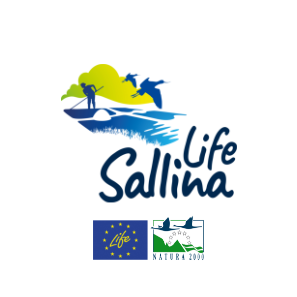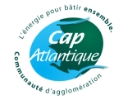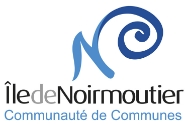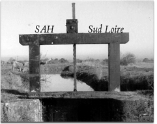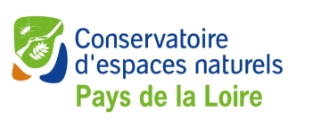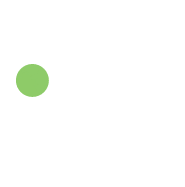Characteristics and ecological issues
In bays and estuaries, the combined action of tides, waves, the presence of salt and the nature of the soil form special habitats. Specific types of vegetation have adapted to it, these are plants called “halophytes” (from the Greek halos = salt; phyton = plants).
In the areas of slikke (mud flats covered at each tide) and schorre (salt meadows covered during white water tides), we find this particular vegetation.
The habitat “pioneer salicornia vegetation” includes all the annual vegetation of salty vases from upper slikke to high schorre on slight to zero slopes. This vegetation is herbaceous, low and the cover is generally quite low. The substrate is muddy to vaso-sandy and bathed in sea water at each high tide. The salt concentration there is however a little lower than in the sea.
The tidal currents have an influence on the dispersion of the seeds and on the dynamics of the sediments which must be more or less stabilized to allow the installation of the salicornias.
This habitat is also found in the marshes targeted by LIFE Sallina, located mostly behind dikes and structures, without such significant variations in water level.
This environment welcomes many birds for in feeding places. Thus, it is known that part of the winter teal (Anas crecca) who spend their day resting in the Loire Estuary, come every night to feed in the salt marshes, especially in the salicornia.
Protection status
Habitat listed in Annex 1 of the Habitats, Fauna and Flora Directive (1310: Pioneer vegetation in Salicornia)
Distribution and state of conservation on Natura 2000 sites
This habitat is present on all the muddy coasts of the Atlantic and Mediterranean coasts.
In the LIFE Sallina territories, the surface of the pioneer salicornia vegetation habitat covered 36 ha in the Guérande and Mès salt marshes in 2001 (awaiting updating of the habitat mapping), 2,600 ha in the Marais Breton and the island of Noirmoutier (awaiting updating of the habitat mapping).
The state of conservation of this habitat on the scale of the Atlantic coast is estimated as “unfavorable-inadequate”.
Conservation objectives / threats / actions planned in LIFE
These groups are quite rare in Pays-de-la-Loire given their ecological specificity and their confinement to salty vases. They seem relatively stable today, but attention must be paid to the maintenance of these mud flats, in particular in areas potentially subject to development pressure as is the case in certain estuaries (port constructions, dikes, riprap) , ears of corn, etc.).
At the scale of the marshes concerned by LIFE Sallina, the conservation objectives is to maintain the surface area of the habitat, in particular at the interface between foreshore and salt marshes, both for its specificity and for the feeding place for to birds. This environment is sensitive to invasion by competing species of salicornias (invasive Spartine like Spartina englica) and to landing in the absence of hydraulic management of uncultivated salines.
In the case of nearby salt production, extensive and favorable to the expression of a mosaic of habitat methods should be encouraged.
In general, non-intervention is desirable for this type of vegetation, taking into account in particular its pioneering nature.


